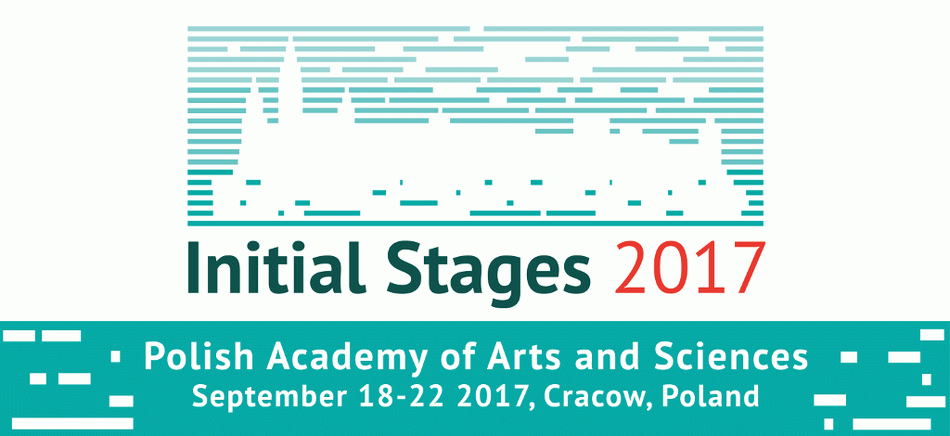Conveners
UPC / Charmonium
- Radoslaw Ryblewski (Institute of Nuclear Physics PAN)
Description
6 seminars, 20 min. each
Beams of relativistic heavy ions are accompanied by a large flux of equivalent photons, and photon-induced reactions are the dominant interaction mechanism in heavy-ion collisions when the colliding nuclei have transverse separation larger that the nuclear diameter. In these ultra-peripheral collisions (UPC) the photon can provide a clean probe of the partonic structure of the nucleus...
Photoproduction of dijets in ultra-peripheral heavy-ion collisions is expected to probe nuclear structure and provide additional constraints for nuclear PDFs. The first data for these processes in Pb+Pb collisions at the LHC will soon be published by ATLAS and due to the growing interest for ultra-peripheral collisions, more will likely follow in near future. In this talk I will introduce our...
The electromagnetic fields of lead nuclei at the LHC are an intense source of quasi-real photons. The coherent photonuclear production of J/$\psi$ provides information about the intial state of nuclei at a perturbative scale related to the mass of the charm quark. Using data from Run 1 at the LHC, the ALICE Collaboration has published cross section measurements of coherent photoproduction of...
The availability of the largest collision energy in pp collisions at the LHC allows a significant advance in the measurement of J/$\psi$ production as a function of event multiplicity. The interesting relative increase measured in pp collisions at the LHC at $\sqrt{s} = 7$ TeV and at RHIC at $\sqrt{s} = 200$ GeV is studied now at unprecedented multiplicities for pp collisions. The newest...
We present measurements of the charmonium nuclear modification factor and the second-order azimuthal anisotropy Fourier coefficient $v_2$ of inclusive J/$\psi$ in p-Pb collisions at $\sqrt{s_{\rm NN}}$ = 5.02 and 8.16 TeV.
The J/$\psi$ nuclear modification factor, measured as a function of rapidity, transverse momentum and event activity in p-Pb collisions at $\sqrt{s_{\rm{NN}}}$ = 5.02 TeV...
The quark-gluon plasma, which is produced at an early stage of ultrarelativistic heavy-ion collisions, is expected to be initially strongly populated with chromodynamic fields. We address the question how heavy quarks interact with such a turbulent plasma in comparison with an equilibrated one of the same energy density. For this purpose we derive a Fokker-Planck transport equation of heavy...
